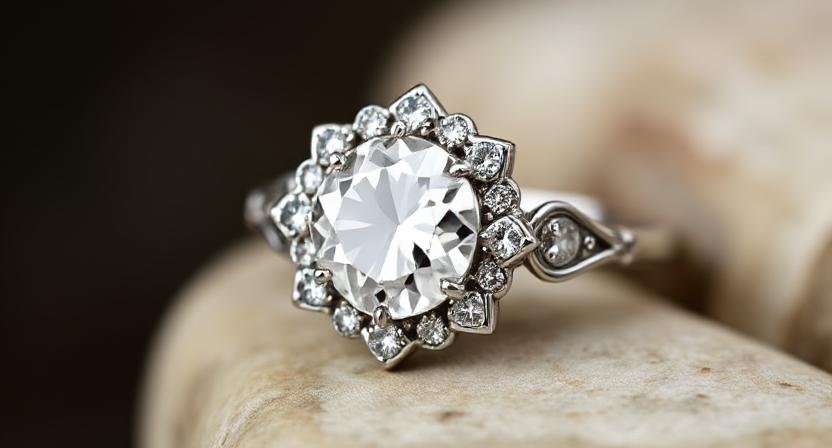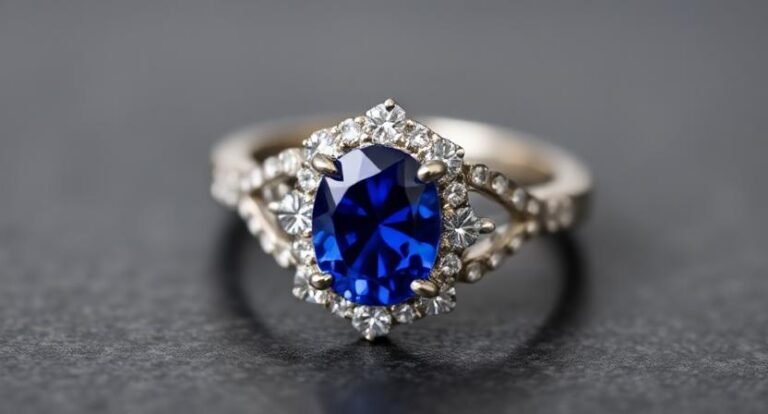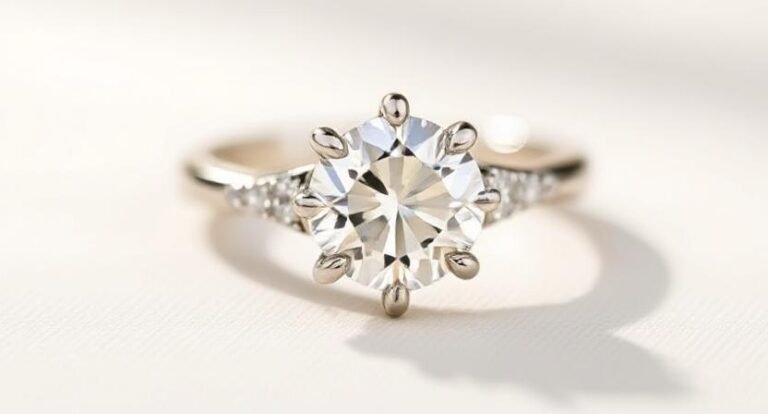Thinking about buying a diamond ring or piece of jewelry? You’re not alone! It’s a timeless symbol of love and celebration. But before you fall in love with that sparkle, it’s important to take a closer look at the diamond ethical issues surrounding how these stones are sourced and sold.
Many people are surprised to learn that behind the glitz and glamour of diamonds lies a complex history of conflict, exploitation, and environmental damage. In this article, we’ll break down what you need to know about diamond ethical issues so you can make an informed, values-based choice.
What Are Diamond Ethical Issues?
Diamond ethical issues refer to the social, environmental, and human rights concerns associated with the mining, distribution, and sale of diamonds. These problems can vary depending on the region and the company involved, but the most common issues include:
- Conflict diamonds (aka “blood diamonds”)
- Unsafe working conditions
- Child labor and exploitation
- Environmental destruction
- Lack of transparency in sourcing
Let’s dive deeper into each of these concerns and explore how they might influence your buying decision.
Conflict Diamonds: A History of Violence
One of the most well-known ethical issues in the diamond industry is the trade of conflict diamonds, also known as blood diamonds. These are diamonds mined in war zones and sold to finance armed conflict against governments. The profits from these stones have fueled violence, human rights abuses, and civil wars in countries like Sierra Leone, Angola, and the Democratic Republic of Congo.
While the Kimberley Process was introduced in 2003 to help eliminate conflict diamonds from the global supply chain, it’s not a perfect system. Some diamonds still slip through the cracks due to weak oversight, corruption, and lack of enforcement.
What you can do:
Look for diamonds that are certified beyond just the Kimberley Process – some retailers go further by providing complete origin tracking or offering lab-grown diamonds as an alternative.
Labor and Human Rights Violations
Many diamond mines operate in developing countries where labor laws are weak or poorly enforced. Workers, including children, may face dangerous conditions, long hours, and little pay. Some are exposed to hazardous chemicals and risk injury or death with limited protection or medical support.
Child labor is especially concerning. In certain parts of the world, children are forced to work in mines instead of attending school, robbing them of a future and basic human rights.
What you can do:
Support brands that are transparent about their supply chain and who commit to fair wages and safe working conditions for miners and workers.
Environmental Impact
Mining for diamonds takes a significant toll on the environment. Open-pit diamond mines can devastate landscapes, pollute water sources, and disrupt local ecosystems. Some regions have seen entire communities displaced or harmed due to mining operations.
Key environmental concerns include:
- Soil erosion and deforestation
- Contaminated water supplies
- Wildlife habitat destruction
- Carbon emissions from heavy machinery
Even after the mining stops, the land often remains scarred and unusable for years.
What you can do:
Look into lab-grown diamonds or moissanite, which have a much lower environmental impact, or consider vintage or recycled stones that don’t require new mining at all.
Transparency in the Supply Chain
Unfortunately, many diamonds pass through multiple countries and dealers before they reach the final buyer. This makes it difficult to trace their true origin or to ensure ethical practices were followed throughout the process.
Even reputable jewelers sometimes struggle to confirm the exact history of a stone. Just because a diamond is “conflict-free” doesn’t necessarily mean it was ethically sourced.
What you can do:
Ask questions. Responsible jewelers should be able to provide documentation about the source of their diamonds or offer alternative options like lab-grown or Canadian diamonds, which often have stricter traceability standards.
Social Justice and Local Communities
Diamond mining can also create long-term problems for local communities. In some cases, profits flow to governments or large corporations, while the surrounding villages remain in poverty. The land may be damaged, access to clean water limited, and cultural sites disrupted – all without adequate compensation or investment in the community’s future.
On the flip side, when done responsibly, diamond mining can bring jobs and development to underserved areas. It’s all about how it’s done.
What you can do:
Choose diamonds from companies that invest in the communities where they mine, through healthcare, education, or infrastructure, and who are committed to ethical sourcing at every level.
A Better Way Forward
Thankfully, the diamond industry is starting to change. Consumer demand for transparency and ethical sourcing is pushing brands to clean up their act and offer more responsible choices. Many now provide alternatives that are both beautiful and better for the planet, including:
- Lab-grown diamonds: Identical in appearance and structure to mined diamonds, but created in a lab using significantly fewer resources and with a much smaller environmental impact.
- Moissanite: A stunning, lab-created gemstone that closely resembles a diamond in brilliance and durability, yet comes without the ethical concerns or high price tag. It’s an increasingly popular choice for modern engagement rings.
- Recycled diamonds: Pre-owned diamonds that have been repurposed and reset into new jewelry, offering a sustainable way to enjoy a natural stone without new mining.
- Ethically-sourced natural diamonds: Mined with a commitment to fair labor practices, environmental care, and traceable origins.
When you shop with intention – choosing a stone that aligns with your values – your purchase becomes more than just a beautiful piece of jewelry. It becomes part of a growing movement toward fairness, sustainability, and positive change.
How to Buy Responsibly
Ready to shop but want to do it right? Here are a few tips for making an ethical diamond purchase:
- Ask questions – Where did the diamond come from? Was it mined responsibly?
- Look for third-party certifications – Beyond the Kimberley Process, look for brands with additional ethical guarantees.
- Consider alternatives – Lab-grown, moissanite, recycled, or vintage diamonds are all great options.
- Buy from ethical jewelers – Support brands that are open about their supply chain and values.
Your engagement ring (or any diamond purchase) should be a reflection of your love, not just for each other, but for the world around you.
Final Thoughts
There’s no denying that diamonds are beautiful, but it’s worth taking a moment to understand the diamond ethical issues that may come with them. From conflict funding to environmental harm and labor exploitation, the true cost of a diamond can be higher than its price tag.
The good news? You have choices. By learning about these issues and shopping with care, you can find a ring, or any diamond jewelry, that sparkles with both beauty and integrity.



